There are a lot of these houses. I’m just going to publish these in big batches this week.
The Washington Sanitary Improvement Company (WSIC) was a late 19th century charitable capitalism experiment that ended in the 1950s. This blog started looking at the homes that were supposed to be sold to African American home buyers, after decades of mainly renting to white tenants.
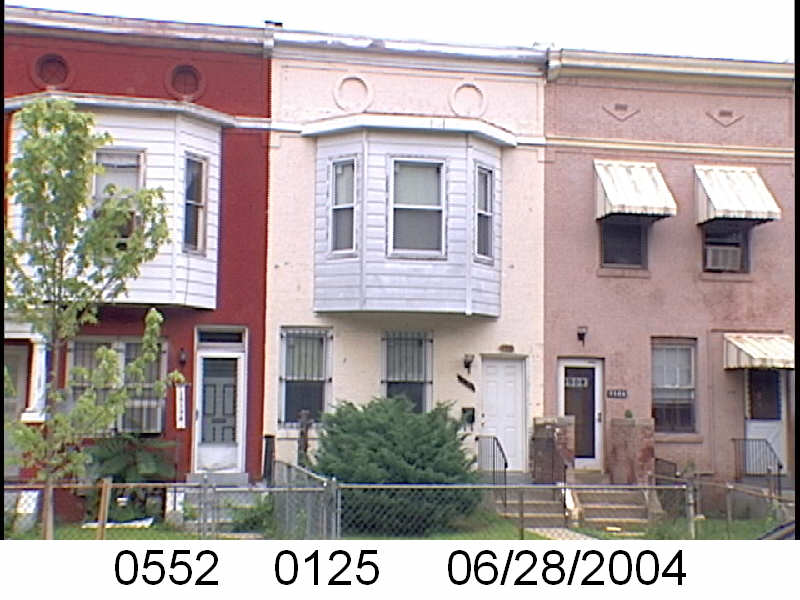
Looking at WSIC properties they tend to have a pattern where the properties were sold to a three business partners, Nathaniel J. Taube, Nathan Levin and James B. Evans as the Colonial Investment Co. for $3 million dollars. Those partners sold to African American buyers. There was usually a foreclosure. Then the property wound up in the hands of George Basiliko and or the DC Redevelopment Land Agency (RLA). Then there was the odd lucky ones who managed to avoid that fate.
Let’s look at 1511 3rd Street NW:
- December 1950 (recorded March 1951) Evans, Levin and Taube sold all of (not half) 1511 3rd St NW to Lillian and George Shaw.
- December 1950 December 1950 the Shaws borrowed $7,000 from Colonial Investment Co. trustees Abraham H. Levin and Robert G. Weightman.
- September 1953 the Shaws sold one-half interest in 1511 3rd St NW to Hertlee and Maggie A. Johnson.
- September 1953 the Johnsons borrowed $3,729.80 and $547.02 at 6% and 5% interest from trustees Abraham H. Levin and Robert G. Weightman.
- September 1953 the Shaws sold their half interest in 1511 3rd St NW to Beulah and Theodore R. Jackson.
- September 1953 the Jacksons borrowed $3,729.80 at 6% interest and $547.02 at 6% from trustees Abraham H. Levin and Robert G. Weightman.
- December 1961 the loan the Shaws agreed to in 1950 was foreclosed upon. It appears the Jacksons and the Johnsons were SOL and the property was regained by Evans, Taube and Levin’s survivors via an auction.
- November 1961, as part of a larger property package the Levin survivors, Evans and Taube and their wives sold 1511 3rd St to Sophia and George Basiliko.
- Sometime between 1971 and 1978 the District of Columbia Redevelopment Land Agency obtained ownership.
In the end a lot of properties wound up in the hands of the RLA.

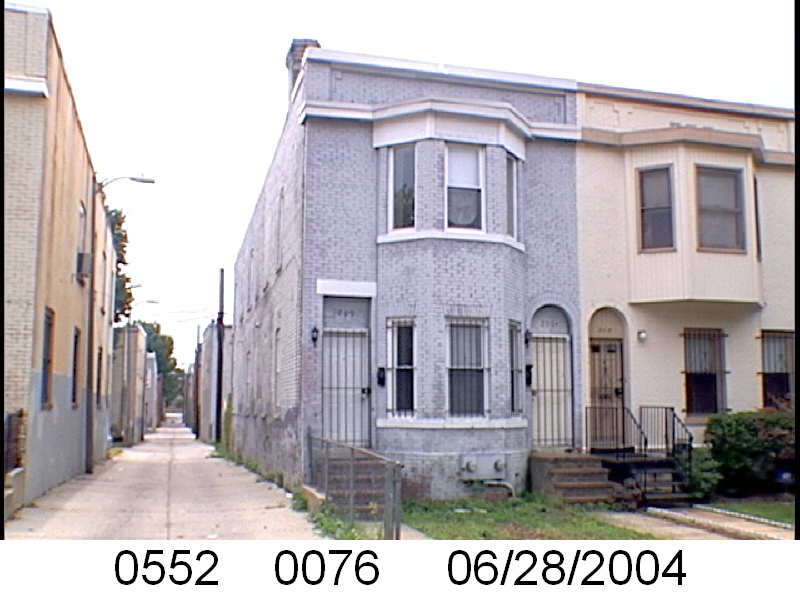

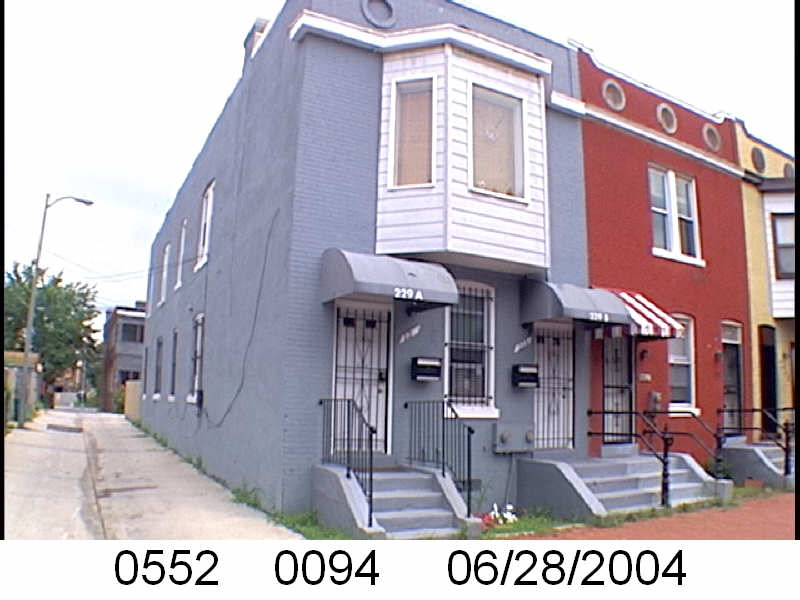
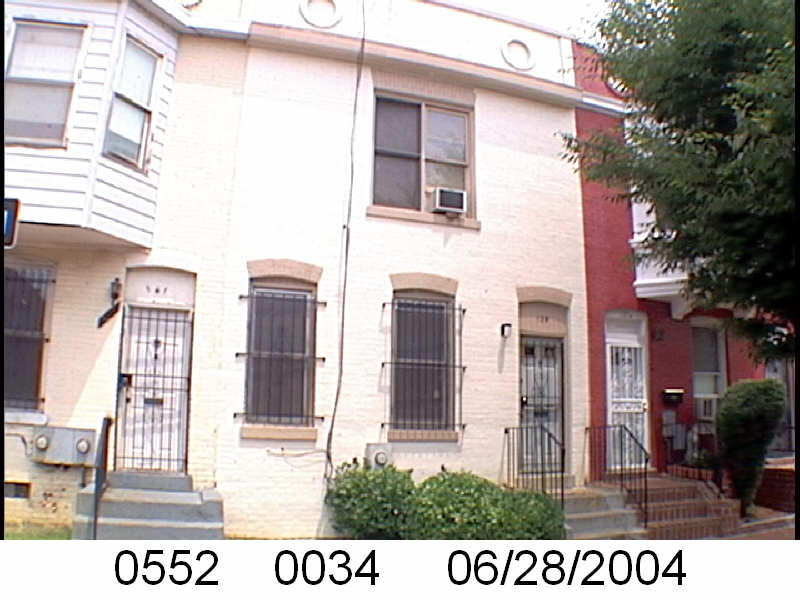
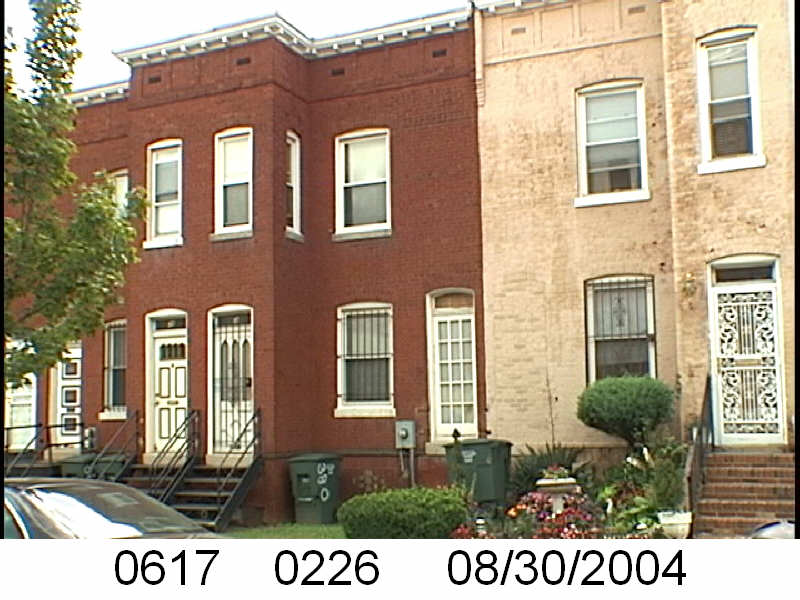

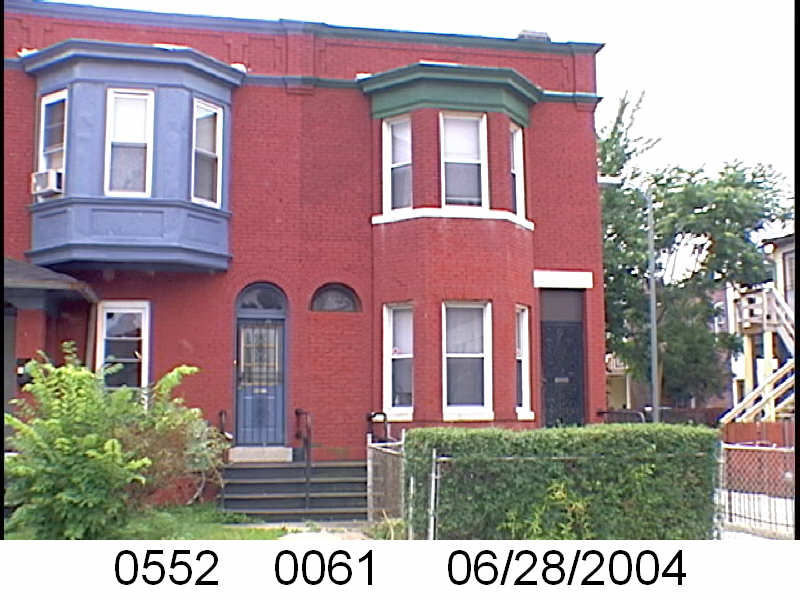
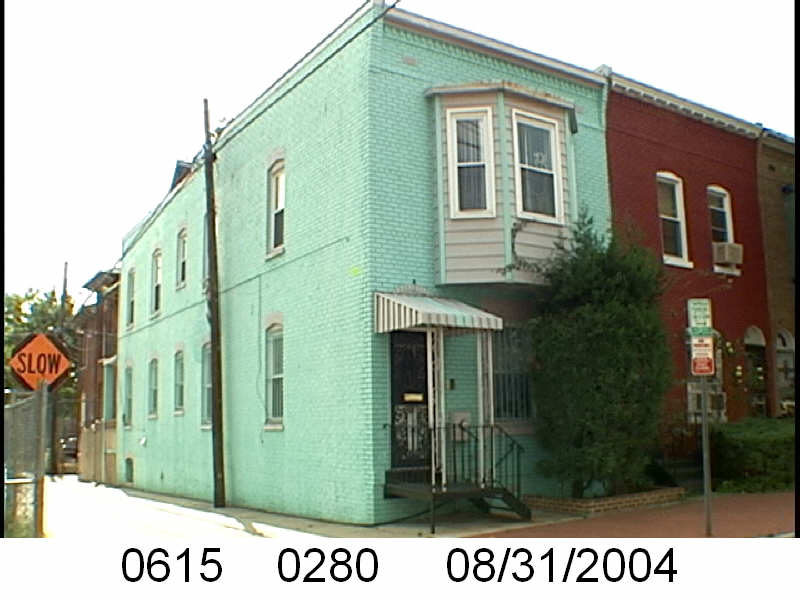 There was a pattern I noticed and so let’s look at the what happens from the sale from Evans, Levin and Taube to buyers. Sometimes it ends up in the hands of landlord George Basiliko or the DC Redevelopment Land Agency or freedom.
There was a pattern I noticed and so let’s look at the what happens from the sale from Evans, Levin and Taube to buyers. Sometimes it ends up in the hands of landlord George Basiliko or the DC Redevelopment Land Agency or freedom.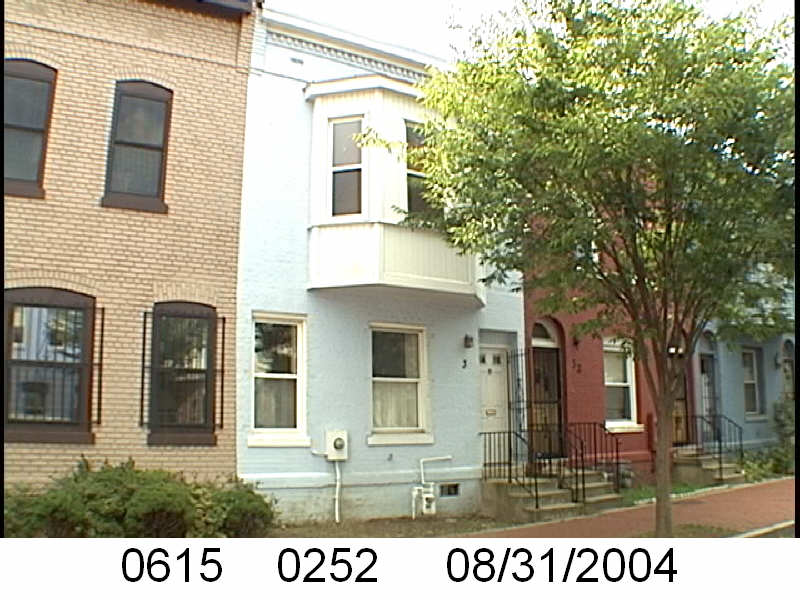 Let’s see if 30 Bates Street NW fits that pattern:
Let’s see if 30 Bates Street NW fits that pattern: